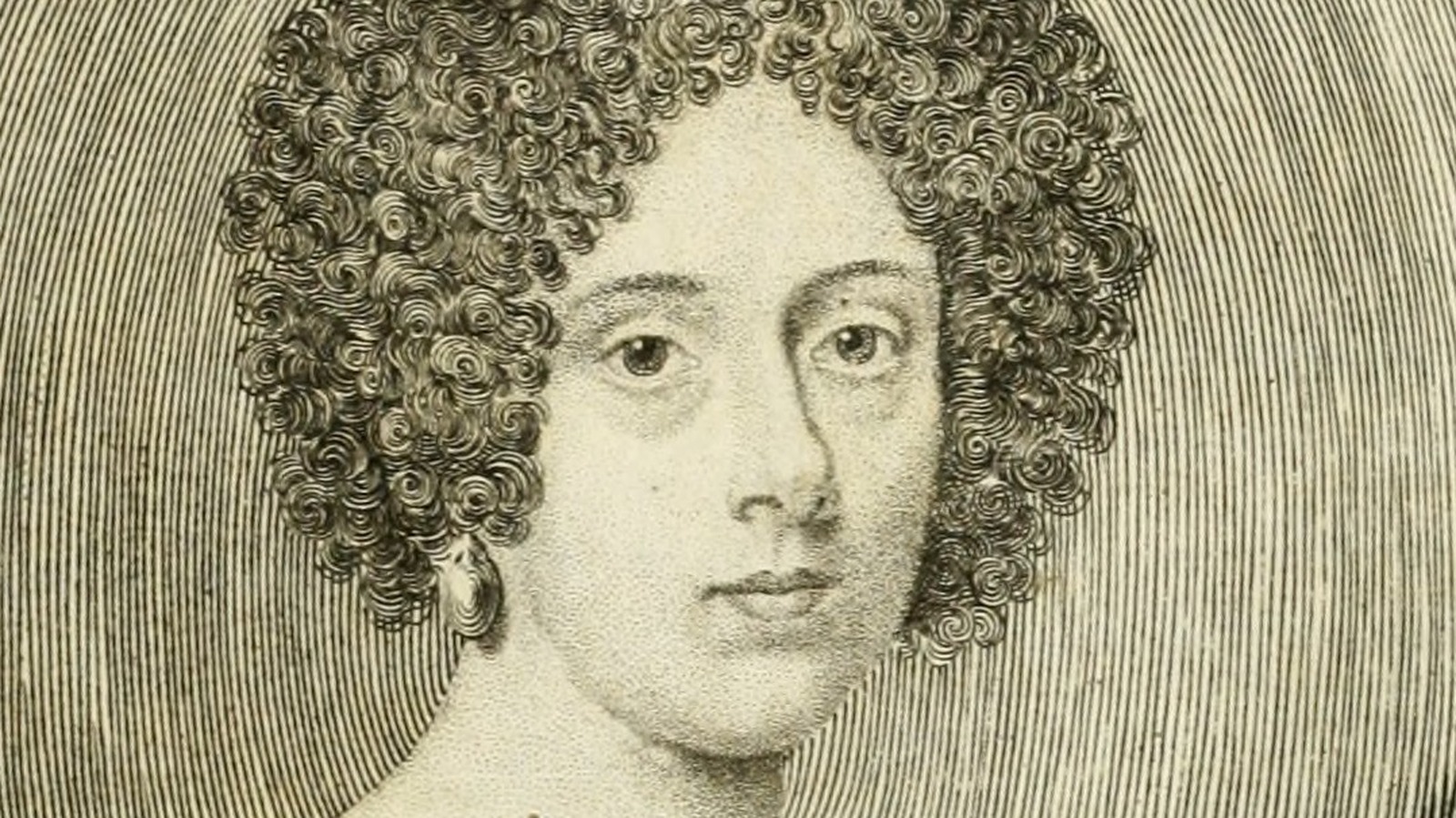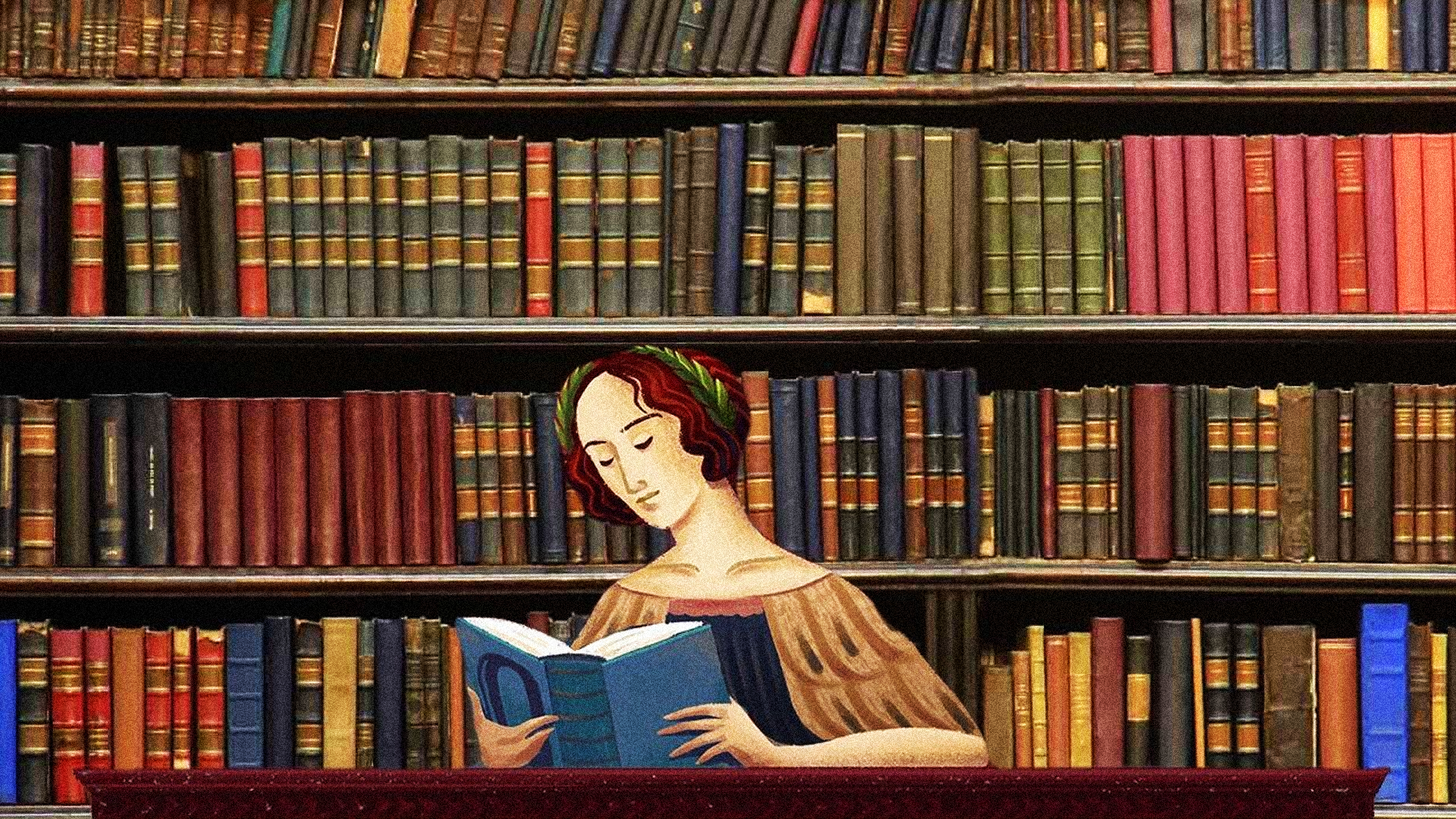The proposed erection of a statue celebrating the world’s first woman to get a PhD has sparked backlash across Italy. Should society still be allowed to debate the creation of art that salutes the female gender?
In 1678, Elena Cornaro Piscopia became the first-ever woman to receive a PhD. In 1776, the city of Padua, where she had lived and died, decided to erect 88 statues of all its important, historical figures.
But Piscopia was never included in these plans. In fact, of the 88 statues built for Padua’s 90,000-square-metre Prato della Valle, not a single one was dedicated to a woman.
This month, and centuries later, two local councillors decided it was time this changed. Erecting a statue of Piscopia would be the first step.
Unfortunately, not everyone agreed. History professor Carlo Fumian at the University of Padua said the statue would be ‘out of context’ with the square’s history and the ‘expensive and bizarre’ idea was ‘trendy, but culturally inconsistent’.


Another historian – Davide Tramarin – added the empty pedestals upon which they would erect new statues should stay empty. These represent a symbol of historical destruction by Napoleon’s troops, he noted. Historians weren’t alone, detractors from far and wide found the idea culturally ‘inappropriate’.
Why did the erection of this statue receive such horror and rejection?
‘With the exception of paintings and sculptures dedicated to monarchs and wealthy nobility, the image of the woman is used as a decorative motif, an object intended for the male gaze, often sexualised and rarely given a mind of her own,’ says art history masters student Alice Spadini.
‘We see very few women because, historically, there have been very few women in positions of power who have achieved great renown – or have been recognised and rewarded for it,’ the 21-year-old Italian adds.
Ahead of this proposed new statue, cultural heritage association Mi Riconosci revealed that of all the statues erected in Italy’s public spaces, only 148 are dedicated to women.




















